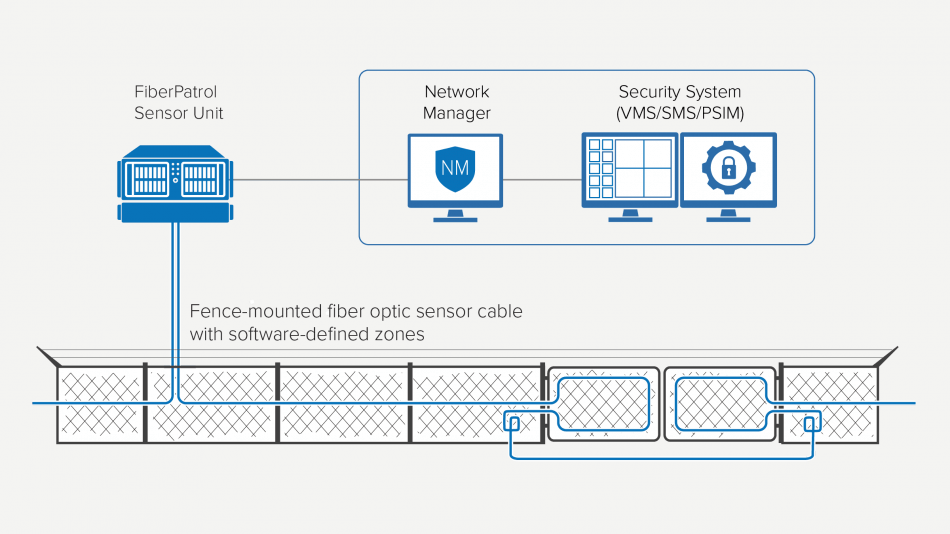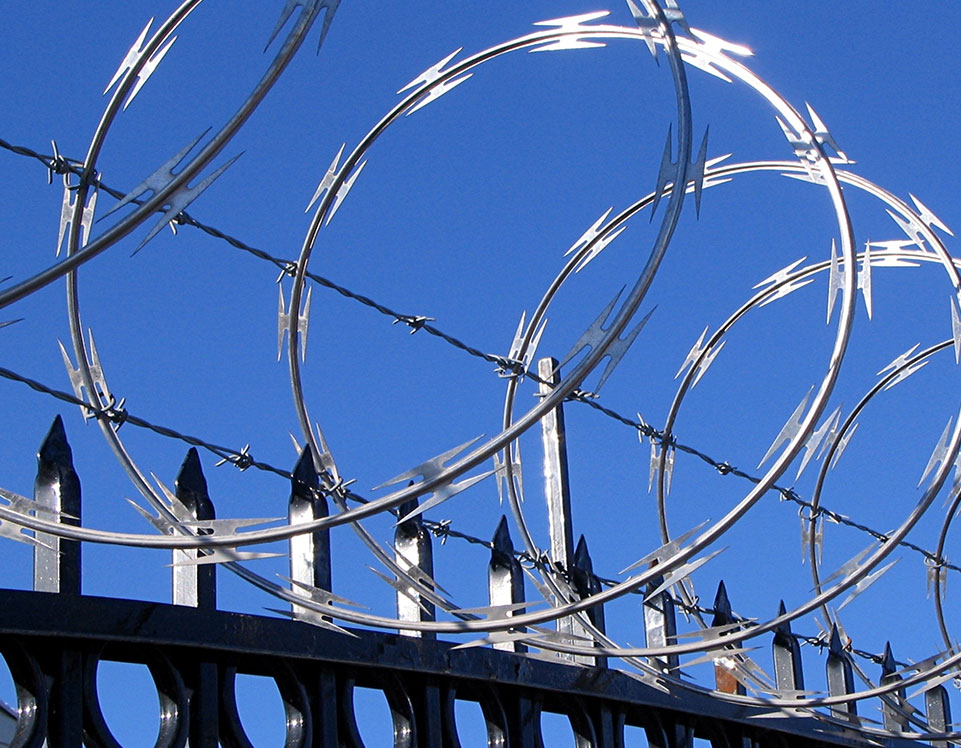Why Fiber Optic Safety And Security Equipments Are the Future of Security
The shift to fiber optic safety and security systems notes a considerable innovation in the realm of defense, driven by their phenomenal information transmission capabilities and durability to external interferences. These systems not only promote faster and a lot more reputable interaction however also offer a cost-efficient service with decreased maintenance demands. As the landscape of safety develops together with arising innovations such as AI and IoT, the potential for fiber optics to enhance and redefine safety and security infrastructures comes to be significantly apparent. The effects of these improvements increase crucial inquiries regarding the future of security actions and their effectiveness in an ever-changing setting.
Advantages of Fiber Optic Solutions
One of the primary advantages of fiber optic systems is their exceptional bandwidth ability, which promotes the transmission of large quantities of information over lengthy ranges without considerable loss. This characteristic is particularly useful for security applications that call for the continual tracking and transfer of high-definition video clip feeds, sensing unit data, and other vital details. Fiber optics can fit the expanding needs of modern-day safety systems, ensuring that data continues to be undamaged and reliable.
Additionally, fiber optic cable televisions are less vulnerable to electromagnetic interference, which can be a substantial issue in settings with numerous electronic tools. This resistance enhances the integrity of the information being sent, therefore minimizing the danger of information violations or system failings. Fiber optic systems are naturally much more safe than typical copper cords, as touching into a fiber optic line without detection is extremely tough.
The toughness of fiber optic cables additionally adds to their appeal. They are resistant to ecological variables such as dampness and temperature variations, decreasing maintenance costs and boosting system longevity. In general, these advantages setting fiber optic systems as a durable and effective selection for modern-day safety and security infrastructures, ensuring reputable and protected information transmission.
Improved Data Transmission Rate

The ability to transfer large amounts of data swiftly assists in the seamless combination of high-def video feeds and progressed analytics. Safety and security systems can now process and evaluate info in real-time, boosting response times and situational recognition. In addition, fiber optic connections sustain longer transmission distances without degradation of signal quality, making them optimal for large protection networks.
The raised speed of fiber optic systems not just enhances the performance of security operations however also decreases latency. This is specifically important in essential scenarios where prompt decision-making can protect against safety violations or reduce potential dangers. As organizations remain to focus on safety and security and effectiveness, the need for quick and dependable data transmission will most certainly solidify fiber optic systems as a cornerstone of contemporary safety facilities.
Resistance to Interference
Fiber optic protection systems constantly show phenomenal resistance to electro-magnetic disturbance, an important benefit in atmospheres susceptible to digital sound. Unlike standard copper wires, which can be adversely impacted by magnetic fields, radio regularity interference, and various other forms of electrical disturbance, fiber optic wires utilize light to transmit information. This fundamental residential property makes sure that the signals stay clear and unchanged, no matter bordering digital activity.
Using glass or plastic fibers in fiber optic technology creates an obstacle versus interference, permitting reputable information transmission even in difficult situations such as commercial centers, city areas with high electronic web traffic, or places near radio towers. This characteristic considerably decreases the chance of signal destruction or loss, making fiber optic systems particularly suitable for security applications where integrity and accuracy of information are paramount.
Moreover, this resistance to interference improves the general efficiency and integrity of safety systems, ensuring that monitoring and sharp systems function seamlessly. In a world where safety is significantly endangered by innovative innovations, the resilience of fiber optic systems stands out as a critical function, reinforcing their condition as a vital part of contemporary safety and security facilities.
Cost-Effectiveness Gradually
Substantial expense savings can be attained in time with the implementation of fiber optic safety systems. While the first financial investment might appear greater contrasted to standard copper-based systems, the long-term financial advantages become noticeable via minimized functional and maintenance expenses (fiber security). Fiber optic cords are naturally extra durable and much less prone to ecological variables, which translates to reduce replacement and repair service expenditures over their life-span
Moreover, fiber optic systems call for much less power to operate, which further lowers energy expenses. Boosted data transmission capabilities permit fewer repeaters and amplifiers, decreasing tools investment and enhancing installment procedures. The scalability of these systems additionally adds to cost-effectiveness, as organizations can blog here increase their protection infrastructure without incurring considerable additional expenditures.
An additional factor to take into consideration is the raised efficiency in monitoring and action abilities that fiber optics offer. Boosted real-time data transmission can lead to quicker occurrence action times, potentially mitigating losses and liabilities related to safety breaches. In amount, the lasting benefits of fiber optic safety and security systems not only warrant the initial expenditure but also place them as a monetarily sensible option for companies looking for durable protection remedies.

Future Developments in Security
Progressing modern technologies are established to reinvent security systems, incorporating synthetic intelligence (AI) and artificial intelligence to enhance hazard detection and feedback abilities. These advancements will permit protection click here now systems to assess large amounts of information in real-time, determining patterns and anomalies that indicate possible hazards. This proactive technique will certainly make it possible for faster decision-making and a lot more efficient incident feedbacks.
Additionally, the incorporation of the Internet of Points (IoT) is leading the way for interconnected safety and security gadgets, offering extensive monitoring and tracking. Smart sensing units can communicate information regarding environmental adjustments, while automated alerts can notify protection workers quickly of dubious tasks.
Additionally, the advancement of biometric modern technologies will certainly further strengthen safety systems. Face recognition, fingerprint scanning, and retina recognition are becoming extra innovative, offering layers of verification that are challenging to bypass.
Conclusion
Finally, fiber optic security systems stand for a substantial development in defense technology, using unrivaled information transmission speed, resistance to electromagnetic interference, and long-term cost-effectiveness. As the demand for sophisticated safety and security services proceeds to grow, the assimilation of fiber optics with emerging innovations such as AI, IoT, and biometrics will certainly better boost safety infrastructures (fiber security). The combination of these technologies will make certain a much more safe and receptive atmosphere, read what he said solidifying fiber optics as a foundation of future safety systems